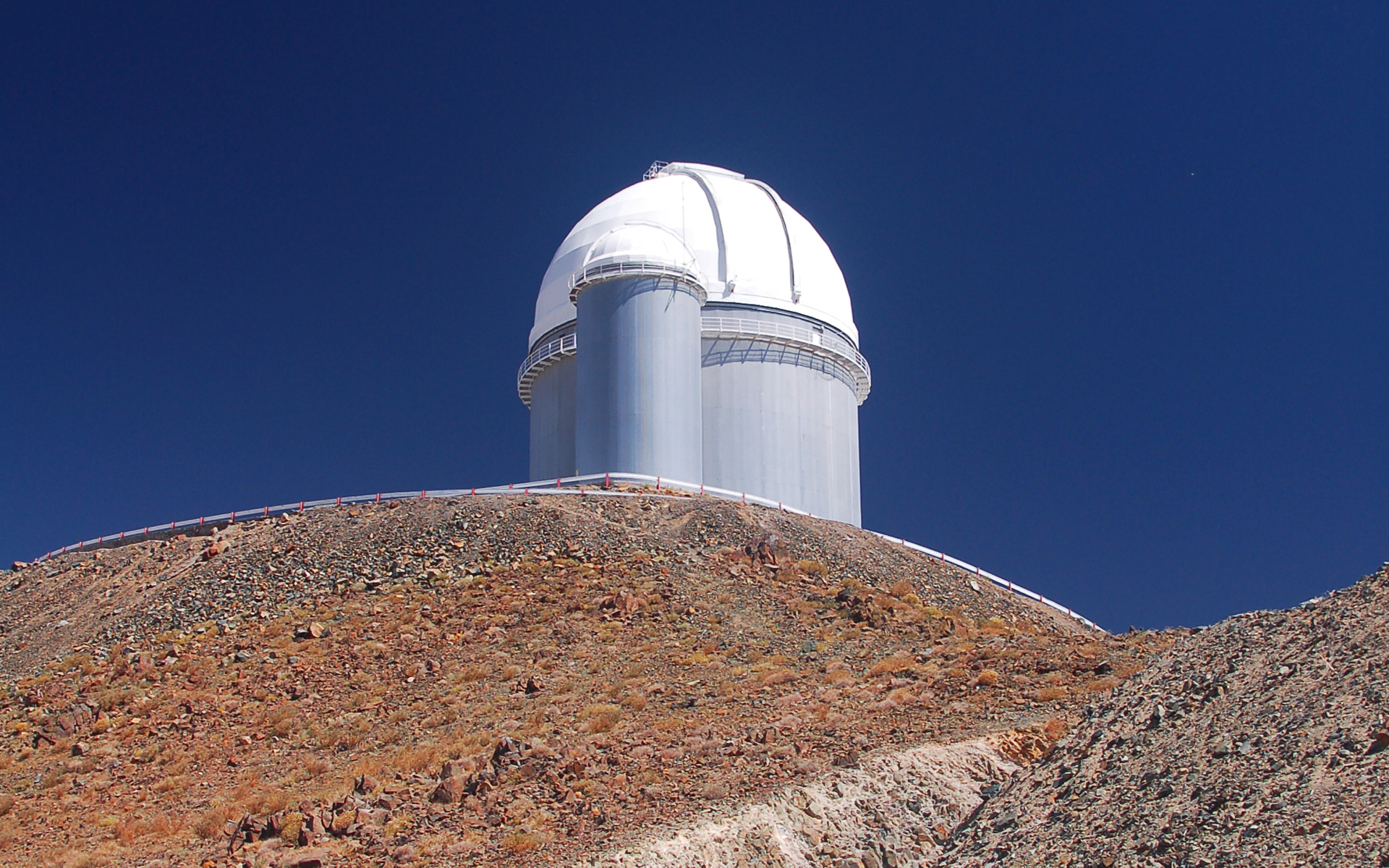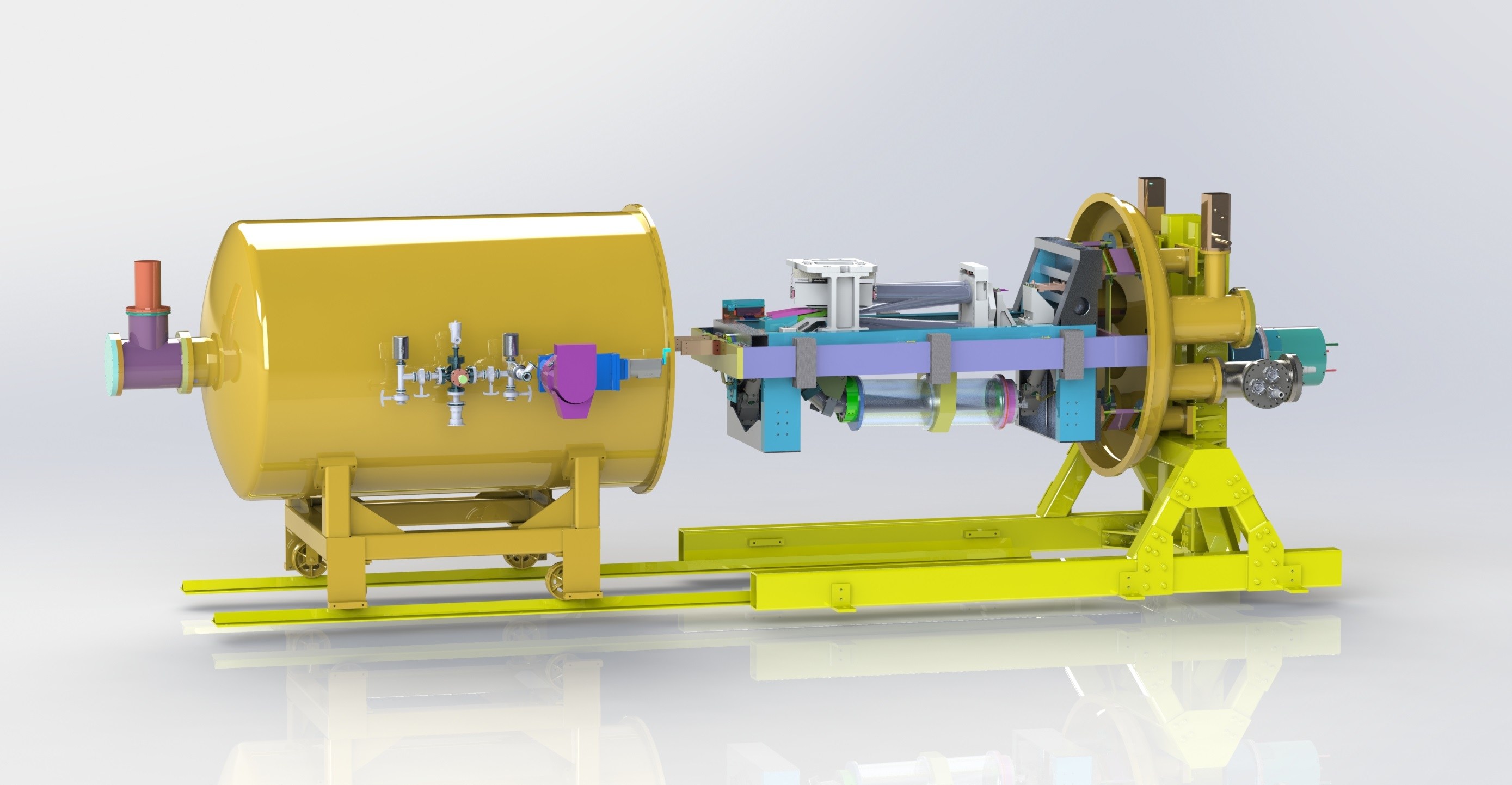ESO’s La Silla Observatory will host new planet hunter

The NIRPS (Near Infra Red Planet Searcher) instrument will be installed on the 3.6 m telescope at ESO’s La Silla Observatory in Chile. Built by an international collaboration [1] co-led by the Observatoire du Mont-Mégantic team at the Université de Montréal and the Astronomy Department team at the Université de Genève, NIRPS is an infrared spectrograph designed to detect Earth-like rocky planets around the coolest stars.
The formal agreement to add NIRPS to the suite of instruments on ESO telescopes was signed by ESO’s Director General Tim de Zeeuw, Marie-Josée Hébert, Vice-rector for Research, Discovery, Creation and Innovation at the Université de Montréal and Michel Oris, Vice-rector at the Université de Genève.
NIRPS will complement the HARPS (High Accuracy Radial velocity Planet Searcher) instrument currently attached to the ESO 3.6-m telescope at the La Silla Observatory in Chile. HARPS is the world’s most productive planet-hunting instrument using the radial velocity method, and it has revolutionised our understanding of exoplanetary systems. “NIRPS will become the “red arm” of HARPS, extending the telescope’s capability into the infrared and allowing astronomers to characterise planetary systems”, explained François Bouchy, co-PI of NIRPS and member of PlanetS . ESO will allocate 725 observing nights over a 5-year-period to the NIRPS team.

NIRPS the new infra-red spectro for the 3.6m telescope at LaSilla (Credit Montréal University).
The main goal of NIRPS is to use the radial velocity method to detect and characterise planets orbiting cool, red, low-mass M-type stars. In particular, NIRPS aims to find Earth-like rocky planets that could potentially be habitable. “M type stars are of particular interest because the radial velocity variations induced by an orbiting planet are larger for a less massive star than a sun-like star, and hence their planets — including those in the habitable zone — are more easily detectable” said François Bouchy. NIRPS will operate in the infrared as this is the main range of wavelengths emitted by such small, cool stars. For red stars, which are the most common in the solar neighbourhood, NIRPS is expected to produce data that are at least as accurate as currently available with the HARPS instrument.
NIRPS is expected to see first light in last quarter of 2019.
Categories: News
